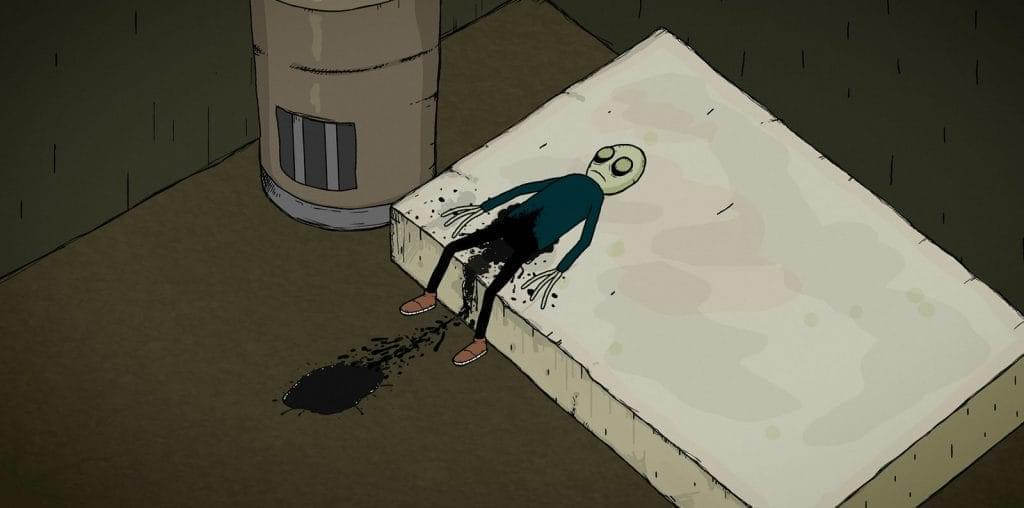
I will always remember 1994 for three things; earning my Masters from the UCLA School of Film’s Producers Program, watching O.J. Simpson elude police in his friend’s white Ford Bronco two days before I graduated UCLA, (which of course, triggered the trial of the century) – and experiencing how Jim Carrey single handedly planted “Star Power” into the driver’s seat of Hollywood.
That’s right, Jim Carrey. In 1994, Carrey had three landmark hits, Ace Ventura: Pet Detective, The Mask, and Dumb and Dumber. The trifecta enjoyed a combined domestic box-office of $319,200,000. Jim Carrey’s meteoric rise took him from earning $700,000 for Ace Ventura: Pet Detective, to signing a deal to become the first actor to be paid $20 million for one film (The Cable Guy – 1996), all before 1995 calendars became useful. Thus, “The Year of Jim” not only made Jim Carrey one of the brightest stars in the universe, but it triggered the “Star Power Era,” a fifteen-year time span when Hollywood’s biggest stars dictated what got made, just by uttering the most important three letter word in any filmmaker’s vocabulary, “yes.”
Having actors break the 20 million dollar threshold was just the beginning, because a select handful of A-list actors (Tom Hanks, Tom Cruise, Julia Roberts, Mel Gibson, Harrison Ford) started earning north of $20 million per picture, with Cruise topping the 50 million dollar payday, when profits from his film’s worldwide box office receipts were paid out to him in addition to his fee. But as they say, all good things come to an end, and 2009’s worldwide financial crisis served as the last nail in the coffin of the “Star Power Era.”
A-list stars today are only earning half or less of what they were getting as early as a year or two go, and most of their current earnings are being deferred. For example, Sandra Bullock agreed to earn $5 million up front instead of her usual $10 million up front, for The Blind Side (2009), and George Clooney is believed to have taken only $2 million up front instead of his usual $20 million for Up In The Air (2009). I know how crazy it is to empathize with an actor who is “only making $2 million up front” – especially since for most of us, making $2 million is more like winning the lottery rather than being a three-month salary. But, to put it into perspective, imagine going from earning $40,000 per year to $4,000 – 10 times less — overnight, all while having to work just as long and hard. Simply put, earning less sucks at any pay level.
What does this mean for all of you independent filmmakers?
The Good News – A-list actors may now be slightly more open to looking at projects outside of the studio system, because a good project is a good project and actors have to work.
The Bad News – Since A-List actors are not worth as much as they used to be, “indie film actors” are worth a lot less – and I mean a hell of a lot less – as in the temporary shamrock tattoo you got from a Lucky Charms cereal box as a kid, is probably worth more than an indie actor is currently worth to a buyer or a distributor. Don’t get me wrong, I love indie actors, but when it comes to getting financing or distribution, having them attached won’t help.
In an effort to help you get your film from a damn good script, to a damn good script with financing and bankable talent attached, here are four things that may help you get your film made.
1) Refer To The Ulmer Scale
James Ulmer, a seasoned entertainment journalist, created the Ulmer Scale. This scale allows everyone to quantify a star’s value to a film production in terms of getting a film financed and taken to principal photography. The Ulmer Scale takes an actor’s history successes vs. failures into account, as well as his or her versatility, professional demeanor, and ability and willingness to travel and promote the films. In 2009, The Ulmer Scale yielded the following top 10 “most bankable actors” in Hollywood:
1. Will Smith
2. Johnny Depp
3. Brad Pitt
4. Tom Hanks
5. George Clooney
6. Will Ferrell
7. Reese Witherspoon
8. Nicolas Cage
9. Leonardo DiCaprio
10. Russell Crowe
I’m not saying you need to have one of the actors listed above attached to your film in order to get it financed and made, but it’s always good to know who sits on the mountaintop so you can learn where the actors you want to cast are in reference to the A-List.
It should also be noted that the 2009 Ulmer List is nearly two years old, and that it may have been released before the financial crisis. Thus, the actors on the list may have changed, and their “bankability” may have been significantly reduced.
2. The Forbes Magazine “Best Actors For The Buck” List
This list examines the actors who earn the most money for the studio/and or production, based on the investment in paying them.
The scale below details how much money studios, distributors or investors would get back from investing in these actors.
1) Shai LeBeouf: returns $160 for every $1 invested in him.
2) James McAvoy: returns $114 for every $1 invested in him.
3) Michael Cera: returns $102 for every $1 invested in him.
4) Daniel Radcliffe: returns $93 for every $1 invested in him.
5) Robert Downey, Jr.: returns $78 for every $1 invested in him.
6) Javier Bardem: returns $73 for every $1 invested in him.
7) Ryan Reynolds: returns $61 for every $1 invested in him.
8) Christian Bale: returns $55 for every $1 invested in him.
9) Aaron Eckhart: returns $45 for every $1 invested in him.
10) Dennis Quaid: returns $43 for every $1 invested in him.
For more detailed information about the Forbes Magazine list, take a look at this link: http://www.forbes.com/2009/08/24/best-actors-for-the-buck-business-entertainment-payback_slide.html
3. Meet With Sales Agents and Distributors
The worst people to discuss an actor’s value with are their agent or manager, because it’s their job to convince you to hire their client and pay them the most money possible. A much smarter way to figure out how much the actor(s) you want to cast are worth is to take meetings with international film distributors/sales agents and domestic distributors. In those ever-so-crucial meetings, ask the powers that be if they’re willing to distribute your film, and or give you an advance toward your financing, based on the actors you are interested in hiring. If the answer is “yes,” go do some hiring!
Should the sales agents/buyers/distributors reject your list of actors, kindly ask them to provide you with a short list of actors that they would pay for. If so, you may want to rethink your casting in order to get your film made.
4. Take Your Emotions Out Of The Equation
The film industry is an industry, not an art exhibit. Thus, investors, distributors, sales agents and buyers worldwide don’t care how much you like a certain actor, if that actor isn’t a smart financial choice for them to fund. Listen to what they have to say, and then make the decision you feel best helps your film come to fruition.
“Star Power” is quite the curious animal these days, because although this animal doesn’t bite as hard as it used to a few years ago, it certainly isn’t extinct by any means either. It’s just changing, and change is always a good thing.
Thank you for lending me your eyes and I’ll see you next Tuesday!


